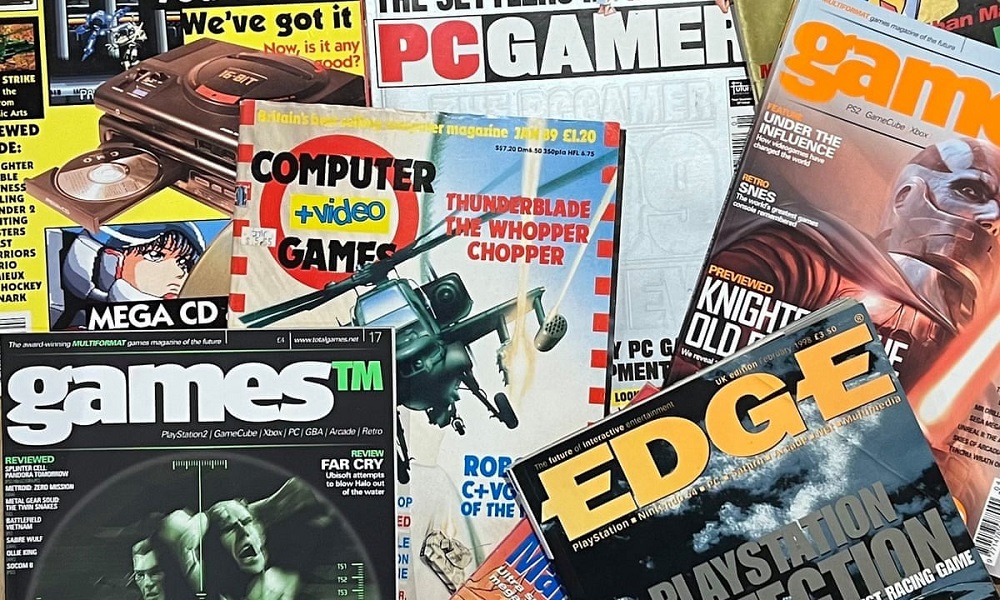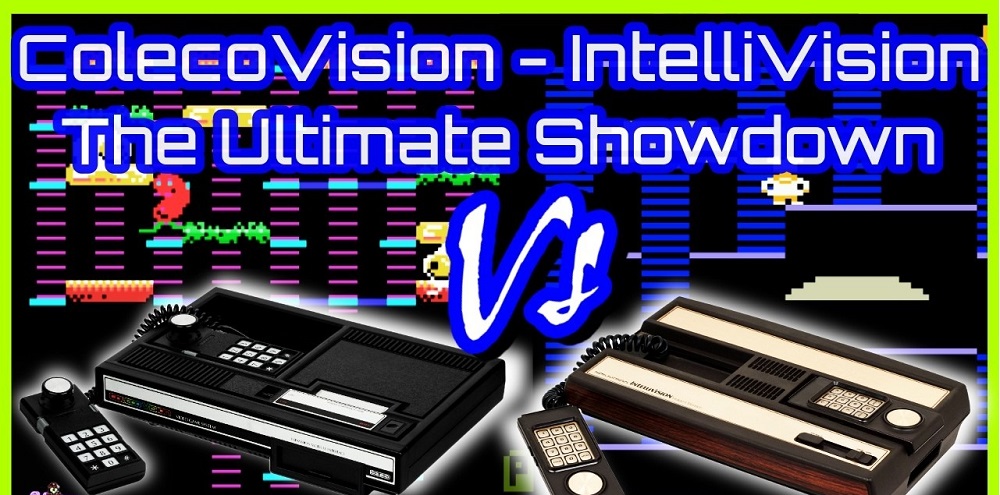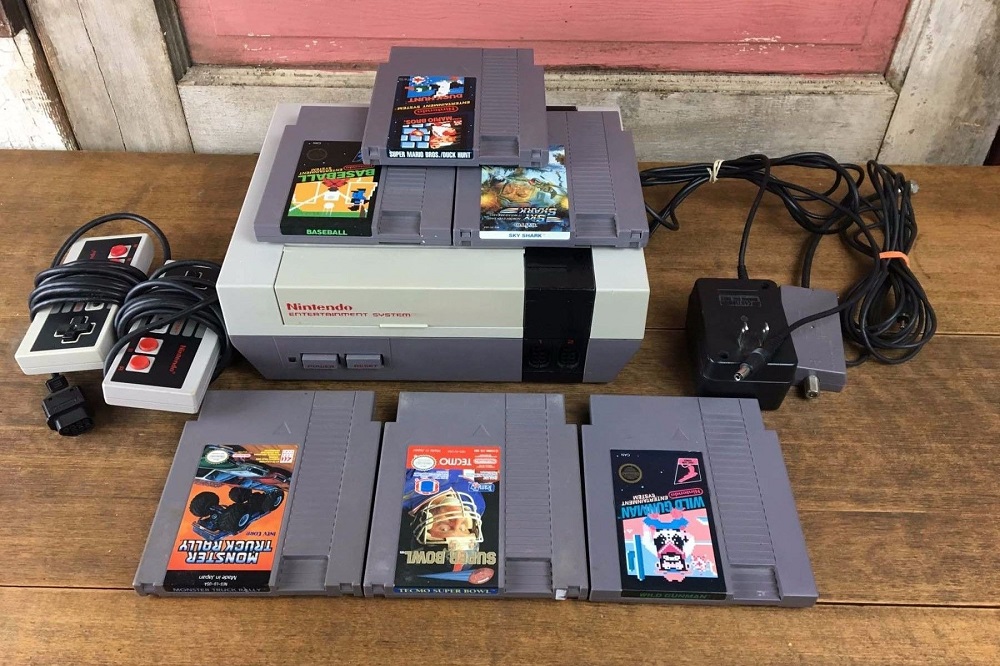When people look back at the golden age of gaming, consoles like the Atari 2600, NES, and Sega Genesis get most of the credit. But behind the hardware and the cartridges, there was another force shaping how fans discovered, debated, and celebrated their favorite games: gaming magazines.
From the late 1970s through the 1990s, magazines like Electronic Gaming Monthly, Nintendo Power, GamePro, and Mean Machines weren’t just publications — they were cultural institutions. They were the bridges between players, developers, and the wider gaming world. Without them, retro gaming culture as we know it might never have existed.

In this article, Oldies Nest takes you deep into how gaming magazines influenced retro culture: from sparking playground debates to fueling console wars, and from shaping early fan communities to leaving a legacy that still lives on today.
The Birth of Gaming Journalism
The earliest gaming magazines emerged alongside the home console boom of the late 1970s and early 1980s. As systems like the Atari 2600 rose in popularity (see The Rise and Fall of Atari), demand for news, reviews, and strategy guides grew.
Unlike today’s instant online updates, fans relied on print media for months-long previews, cheat codes, and tips. Publications like Electronic Games (first published in 1981) helped set the template: colorful screenshots, enthusiastic reviews, and coverage of arcade hits being ported to home systems.
Magazines were more than just information sources — they gave legitimacy to gaming as a hobby at a time when many still dismissed it as a passing fad.
Fueling Console Wars
By the late 1980s, gaming had exploded into a multi-billion-dollar industry. With the Nintendo Entertainment System (NES) reviving the U.S. market after the 1983 crash, and competitors like Sega preparing their own entries, magazines became key battlegrounds.
Covers often screamed with headlines like “Genesis Does What Nintendon’t” or “Super Nintendo vs. Sega Genesis: Who Wins?”. Reviews and opinion pieces added fuel to debates that raged in schoolyards and arcades.
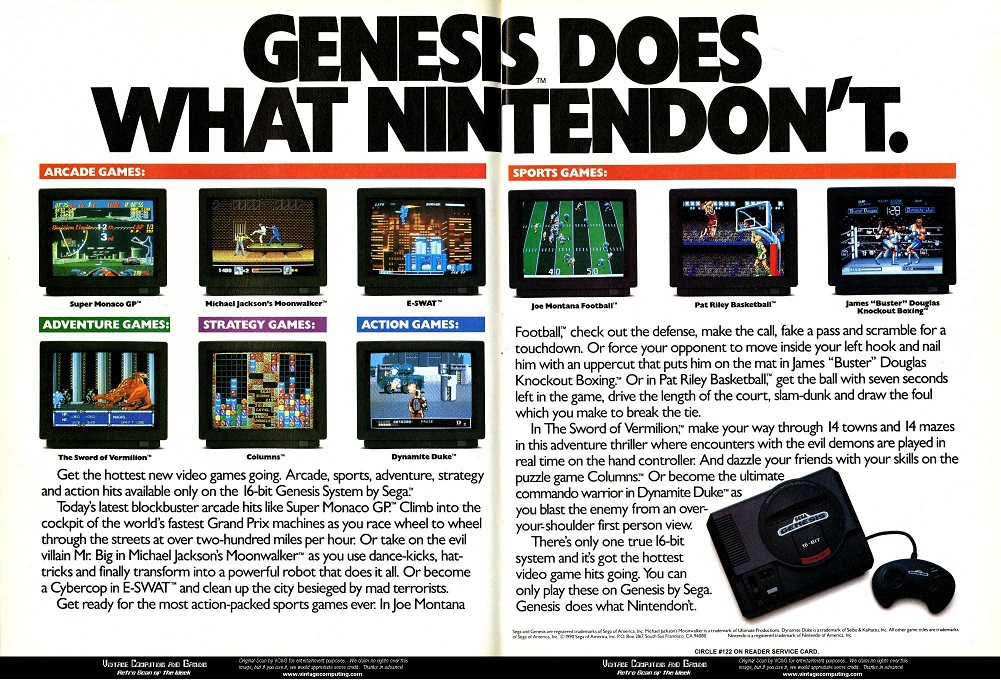
For many kids, the pages of Nintendo Power or Sega Visions weren’t neutral reporting — they were propaganda in the ongoing console war (read more in Sega Genesis vs. SNES: The 16-bit War Begins).
Magazines helped frame these rivalries not just as product comparisons, but as identity markers: were you a Nintendo loyalist, or a Sega rebel?
Strategy Guides and Insider Tips
Another critical role of gaming magazines was providing strategy content. Before YouTube walkthroughs or GameFAQs, the only way to get past a tricky dungeon in Zelda or master Mortal Kombat fatalities was to either figure it out yourself or wait for the next issue.
Magazines thrived on this, offering:
- Cheat codes & Easter eggs (remember the Konami Code?)
- Detailed maps of RPGs like Final Fantasy
- Step-by-step strategies for boss fights
- Exclusive previews of hidden features
These sections made the magazines not just entertainment, but practical tools that players kept next to their consoles. Kids would dog-ear pages, trade them with friends, or copy down cheat codes into notebooks.
Building Community Before the Internet
Perhaps the most overlooked contribution of gaming magazines was how they built community. Long before online forums, magazines offered:
- Letters to the editor where fans debated scores and shared theories.
- Fan art pages showcasing reader drawings of Mario, Sonic, or Samus.
- High score leaderboards, letting kids send in Polaroids of their TVs.
- Classified sections where gamers swapped cartridges by mail.
For many, flipping through the latest issue felt like being part of a global club. You weren’t just a gamer in your bedroom — you were connected to a worldwide culture.
Shaping How Games Were Remembered
Magazines also played a huge role in shaping gaming history itself. Reviews, features, and rankings determined which games became classics and which were forgotten.
A glowing Nintendo Power cover feature could elevate a title to legendary status. Conversely, a poor review in GamePro might doom a game’s reputation for decades.
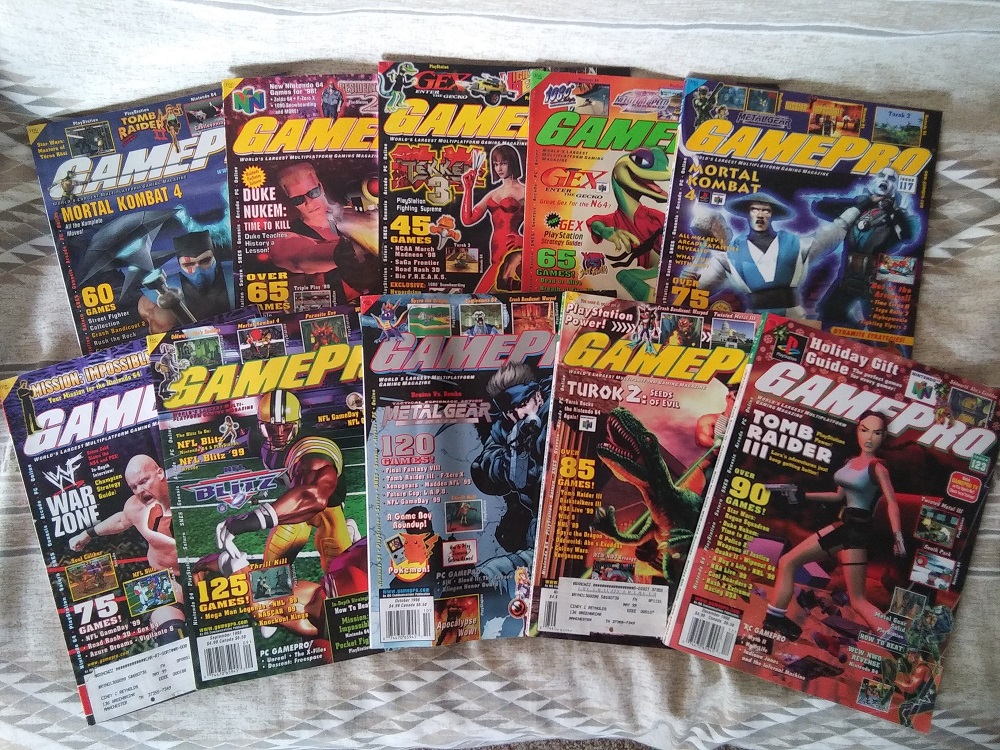
This gatekeeping power also affected how consoles were perceived. For example, while the Nintendo 64 revolutionized 3D gaming (see Nintendo 64 and the Leap to 3D Gaming), much of its legacy was built through glowing coverage in magazines that emphasized innovation over limitations.
Marketing and Hype Machines
Gaming magazines were also deeply intertwined with marketing. Companies paid for glossy ads, poster inserts, and exclusive coverage deals. In some cases, like Nintendo Power, the magazine was literally owned by the console maker.
This created a strange but effective synergy: magazines hyped upcoming games, fans bought them, and then they returned to the magazine for more guides and community. It was a cycle of hype that kept the retro gaming ecosystem alive and thriving.
The Decline of Print, But Not Its Influence
By the early 2000s, the rise of the internet spelled the decline of print gaming journalism. Instant updates, free walkthroughs, and fan-run forums replaced what magazines once offered. Iconic publications shuttered one by one.
And yet, their legacy remains. Collectors still treasure old issues as artifacts of a bygone era. Entire YouTube channels now scan and archive classic issues, preserving cheat codes, artwork, and even the bizarre ads.
More importantly, the tone, style, and excitement of gaming coverage online today owes a direct debt to these magazines. The influencer hype cycles, community-driven content, and platform loyalty wars we see now all echo what began in print.
Why Gaming Magazines Still Matter to Retro Culture
For retro gamers today, magazines offer more than nostalgia — they’re time capsules. They capture the excitement of unboxing a new console, the debates over graphics versus gameplay, and the sense of community in an era before broadband.
Reading through a 1992 issue of GamePro isn’t just reading about the past — it’s reliving it. Every page, from the reviews to the ads for CRT TVs, is part of the retro culture experience.
Gaming magazines were never just magazines. They were lifelines, playgrounds, and battlefields. They shaped how games were played, remembered, and debated, while building the first truly global gaming community.
In many ways, retro gaming culture isn’t just about consoles or cartridges — it’s about the way we experienced them. And for millions of fans, that experience came through glossy covers, stapled pages, and the smell of freshly printed ink.
So the next time you boot up your NES or Sega Genesis, remember: the stories in the magazines were just as important as the games themselves.
